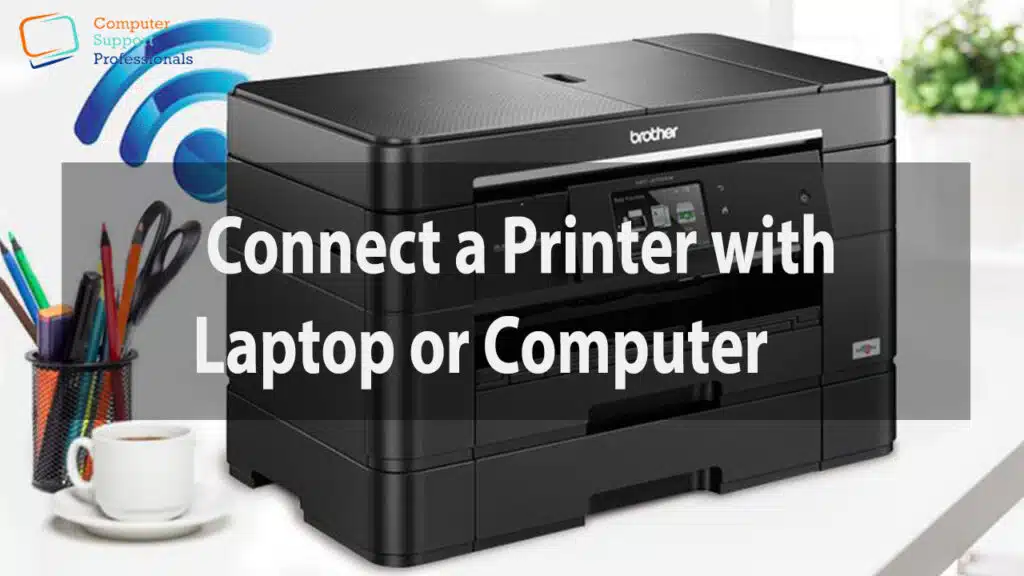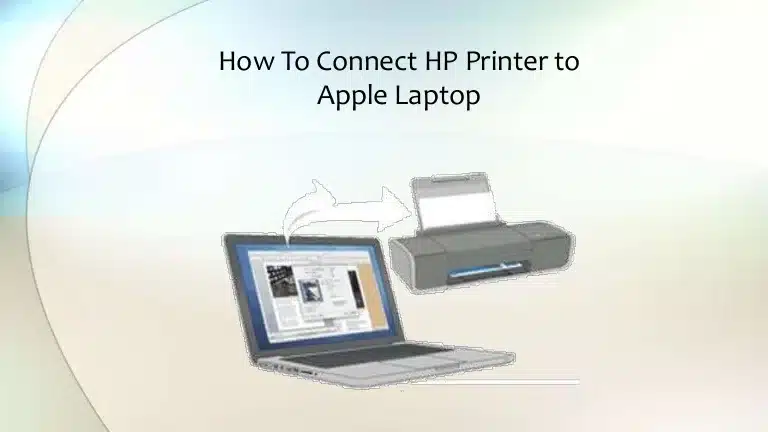If you want to print from your laptop, you’ll need to connect it to your printer. This can be done using a variety of methods, including via USB, Ethernet, or wireless.
First, you’ll need to make sure your printer is on the same Wi-Fi network as your computer. This will vary by manufacturer, so check the printer’s manual for more information.
Table of Contents
USB How to Connect Printers to Laptop:
Many printers are now available with a USB cable that can be used to connect a laptop directly to the device.
It’s a simple and quick way to get print jobs sent to the machine. It can be an ideal solution for laptop users who need to print from their computers in a variety of locations around the home.
Most USB printers require a driver to set up properly. These can be downloaded from the printer’s website, wherever it is sold. Alternatively, some modern computers can download these drivers automatically during setup.
Then, when your PC, tablet, or phone wants to connect to the printer, it’s just a matter of plugging in the USB cable and letting Windows do the rest.
Once it’s done, you’ll have an instant print connection to your printer and a driver that knows all about the printer and its settings, so everything works just as expected.
Ethernet How to Connect Printers to Laptop:
If you have a laptop and an Ethernet printer, you can connect the two devices together using a cable. Ethernet is a wired network connection that was invented by Xerox PARC in 1973 and developed as an Institute of Electrical and Electronics Engineers (IEEE) standard.
Ethernet is commonly used on local area networks, and its use has also expanded to include wide area networks.
It’s a popular choice for networked printers and laptops because it allows for high-speed connections to other computers in the same location.
You’ll need to connect the Ethernet cable to an available port on a router or switch. Typically, the Ethernet port looks like a large telephone cord jack.
There are many types of Ethernet cables. Some support traditional and 100BASE-T Ethernet, while others are designed for Fast Ethernet or Gigabit Ethernet.
The best Ethernet cables have twisted pair wires that carry data in both directions. These wires balance the electrical fields to reduce noise and achieve high-speed results.
Wi-Fi How to Connect Printers to Laptop:
If you own a Wi-Fi printer, you can connect it to your laptop via the computer’s wireless network. This allows all computers that are on that network to use the printer for printing.
Some Wi-Fi printers can also be plugged into a computer’s USB port. This is a great option for those who don’t want to have to worry about connecting a Wi-Fi printer via their wireless network, or those who may not have a Wi-Fi router.

The Wi-Fi connection is a relatively new technology that lets many devices, including computers and mobile phones, connect to the Internet through a network of wireless access points.
This allows you to communicate with all of your devices at once, avoiding the need for multiple cables and allowing your home or office to be more organized.
To connect your printer to your wireless network, follow the instructions in the manual that came with it. It may take a few steps, but it should work fine.
Bluetooth:
Bluetooth is a wireless technology that lets you connect devices within close range, usually no more than 10 meters. Some printers come Bluetooth-enabled (read the manual to check), while others require an adapter.
Most modern laptops and PCs have Bluetooth built-in, so you can use them with any Bluetooth-equipped printer. However, some older models do not have Bluetooth and need to be connected via USB or Ethernet.
You can pair a Bluetooth printer to your Windows computer by following the instructions in your user manual or from the manufacturer’s website. Then, your computer will search for the printer and display it in a list.
Once your printer appears, click the “Ready to Pair” button and it will pair with your computer. If the computer asks for a passkey, enter the key listed on the self-test print or use “0000” to complete the pairing.
After pairing, you can use your printer to print a test page and check that it’s working. Also, make sure the COM port in Device Manager matches the one set up with your printer driver.





Add comment